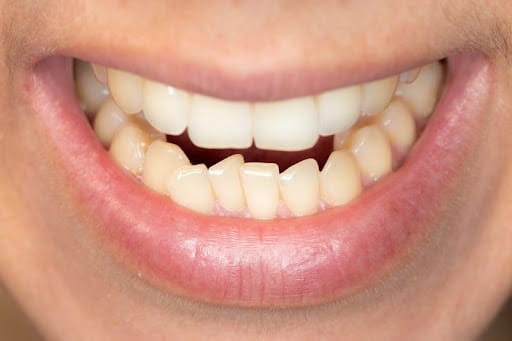
Teeth Shift After Braces - Here’s Why It Happens & How to Prevent It
By Dr. Tyler Coles – Premier Orthodontics
Table of Contents
Most people get braces as a teenager. At some point during their adult years, their teeth shift. So why do teeth shift after braces? How do you prevent teeth from shifting? How long will the teeth keep shifting after braces?
This article is devoted to breaking down these important questions and outlining exactly what everyone should know about post-braces teeth movement. That way, you can maintain a perfectly aligned smile long after your orthodontic treatment is complete.
Guess what . . . teeth never stop moving! As long as you’re alive, your teeth will always be in motion. Think about your facial muscles—if you work out, they grow stronger; if you stop, they weaken. Over time, the aging process can also affect bone health and cause minor shifts in your tooth position.
It’s the same with your teeth. They react to the forces placed on them. Everything from pressure from your tongue, gums, bite, and cheeks can impact teeth placement.
When you’re wearing braces or clear aligners, teeth are safely guided into their ideal position. Orthodontic treatment applies controlled forces to ensure a perfectly aligned smile.
Why Do Teeth Shift After Braces?
Guess what . . . teeth never stop moving! As long as you’re alive, your teeth will always be in motion. Think about your facial muscles—if you work out, they grow stronger; if you stop, they weaken. Over time, the aging process can also affect bone health and cause minor shifts in your tooth position.
It’s the same with your teeth. They react to the forces placed on them. Everything from pressure from your tongue, gums, bite, and cheeks can impact teeth placement.
When you’re wearing braces or clear aligners, teeth are safely guided into their ideal position. Orthodontic treatment applies controlled forces to ensure a perfectly aligned smile.
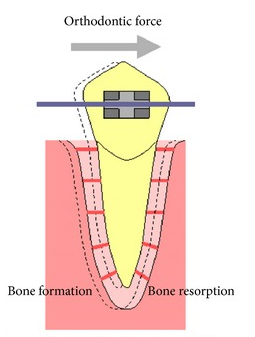
However, once your braces are removed, your teeth are at the mercy of your body’s natural forces again, including pressure from your tongue, lips, and gums. This is why removable retainers or a fixed retainer is essential to prevent teeth from shifting.
How Long Will Teeth Shift After Braces?
Unfortunately, teeth will never stop shifting completely. As long as you’re alive, your teeth will react to the forces placed on them. Some people’s teeth may find equilibrium, but others may experience unwanted tooth movement due to factors like teeth grinding, missing teeth, or gum disease.
Anything from tongue thrusting to strong jaw muscles or even poor oral hygiene can affect tooth movement. The best way to prevent shifting is by committing to wearing your retainers full time for the first few months, then transitioning to nighttime wear.
I Stopped Wearing My Retainer, and My Teeth Shifted – Why?
This is a common concern. Most people get braces as a teenager, and at some point, they stop wearing their retainers. When this happens, a slight shift in tooth position is almost inevitable.
For some, the movement is minimal; for others, the shifting is more significant. The unpredictability of how much teeth will shift is why orthodontists recommend retainers for life.
How Fast Do Teeth Shift After Braces?
The first 3–6 months after braces are removed is the most unstable period for your teeth. The gum fibers, which were stretched during orthodontic treatment, act like rubber bands wanting to pull teeth back to their original position. This can cause significant movement in a short amount of time.
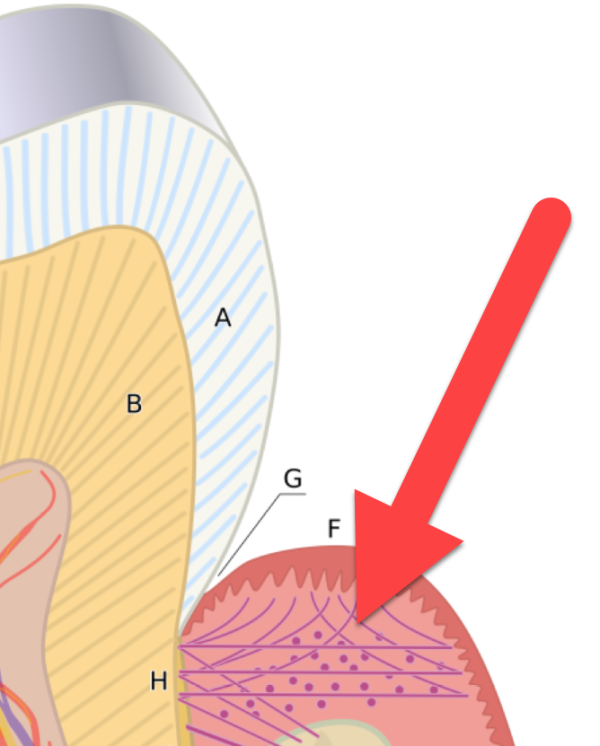
After this period, gum and bone health stabilize, and the teeth become more secure in their new positions. However, over time, factors like facial structure changes, wisdom teeth growth, or even missing teeth can gradually shift your teeth out of alignment.
My Teeth Shifted After Braces Even With My Retainer – Why?
Some minor shifts are possible even with good retainer wear. A removable retainer is designed to hold your teeth in place, but it may not completely prevent all minor shifts, especially if other forces—such as teeth grinding or strong bite pressure—are at play.
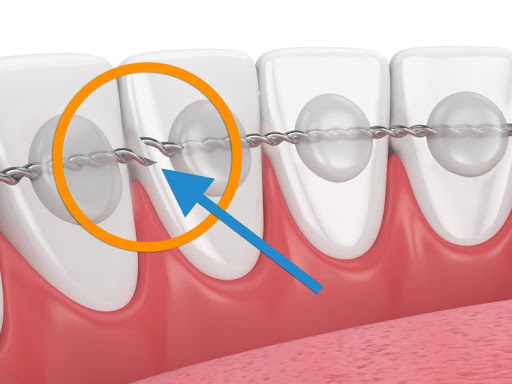
If major shifting occurs while wearing your retainer, it could be due to a poorly fitting retainer or a broken fixed retainer. If your wire stays attached properly and your retainers fit well, minor movement is usually not a cause for concern. However, if you notice significant movement, further treatment like clear aligners or braces may be necessary.
Can I Wear My Old Retainer to Shift My Teeth Back?
If you’ve stopped wearing your retainer for less than a month and your teeth have shifted slightly, you may be able to get them back into their desired position by wearing your old retainer consistently. However, if your teeth have shifted too much, the retainer may not fit properly.

A retainer’s primary function is to retain tooth position, not actively move teeth. If the movement is significant, braces or Invisalign may be required to fix shifted teeth.
Do Wisdom Teeth Cause Teeth to Shift After Braces?
The role of wisdom teeth in shifting teeth is debated. While wisdom teeth may contribute to minor shifts, they are not the sole cause of post-braces teeth movement. Consider the following:
People born without wisdom teeth still experience teeth shifting.
People who have had their wisdom teeth removed can still have teeth move over time.
While wisdom teeth removal is often recommended for overall oral health, it is not a guaranteed way to prevent shifting. The best way to stop your teeth from shifting is consistent retainer use.
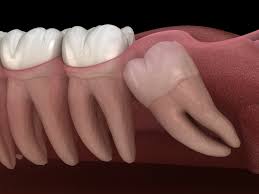
How Do I Stop My Teeth From Shifting?
The best way to prevent teeth from shifting is by committing to lifetime retainer wear. Our office recommends:
Full-time retainer wear for the first two months after braces are removed.
Nightly wear after the first two months to keep your teeth in place.
Replacing retainers regularly (at least once a year) to ensure a proper fit and effectiveness.
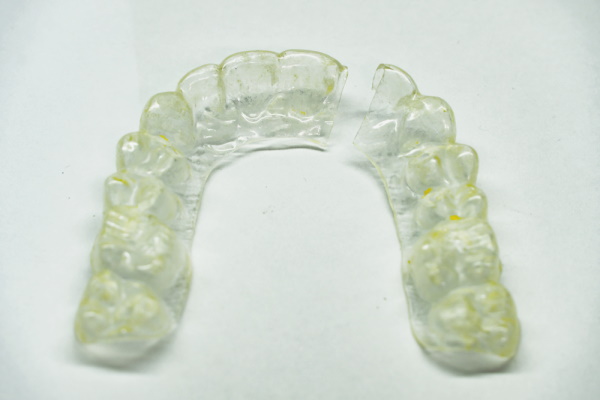
Even with good retainer wear, some minor shifts may occur due to factors like bone health, facial structure changes, and aging. The goal is to maintain an esthetic and healthy smile for life.
Consultation for Braces in Phoenix, Chandler, Maricopa, and Casa Grande
Premier Orthodontics has 6 locations providing braces and Invisalign in Phoenix, Chandler, Gilbert, Maricopa, Casa Grande, and Glendale as well as the surrounding areas.
Schedule your free consultation for braces or read our comprehensive guide to the cost of braces . (We are very transparent about our process and our pricing, as you’ll see in this guide.)
Schedule a Free Braces Consultation For You or Your Child
Thinking about getting started with braces?
You can schedule a 100% free consultation and find out if clear braces the best choice for you.
Whether you’re thinking about braces for kids, braces for an adult, or even Invisalign, we’ve got you covered!
Click below to learn how you can get started with braces for as low as $89/month.


